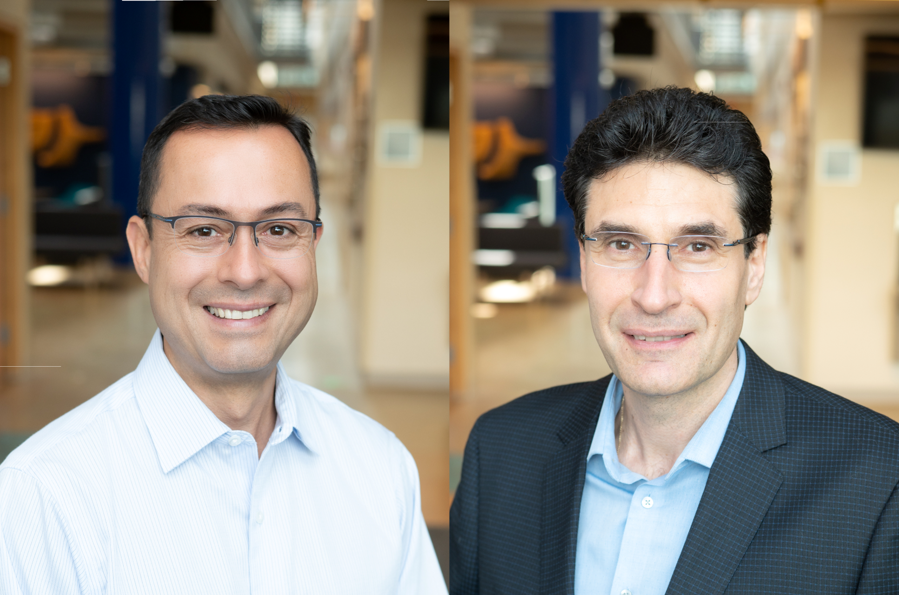On April 25, the Government of Canada announced support for high-risk, high-reward research projects that address some of Canada's and the world's most pressing challenges with a multidisciplinary, innovative approach. Nine Queen’s-led programs were granted a total of $3 million through the New Frontiers in Research Fund (NFRF).
The successful applications were responding to two calls from the NFRF: the 2022 Special Call, looking for research projects with a focus on post-pandemic recovery, and the 2022 Exploration competition, which invited researchers to go beyond their own disciplines to inform bold new perspectives.
"As a society we are faced with complex challenges that require input from multiple perspectives," says Nancy Ross, Vice-Principal (Research). "Support from the New Frontiers Programs allows our researchers to take risks and think big to maximize potential impact. I look forward to seeing how these projects evolve."
Christopher Lohans (NPI: Biomedical and Molecular Sciences), Carlos Escobedo (Co-PI: Chemical Engineering), Aristides Docoslis (Co-applicant: Chemical Engineering), and Prameet Sheth (Co-applicant: Pathology and Molecular Medicine) received and NFRF Exploration grant ($250,000) that will develop a new diagnostic device to quickly diagnose antibiotic-resistant bacterial infections. Many current methods rely on bacterial culturing, which can take a couple of days – a time during which infections can worsen. But the new ultrasensitive method will be able to detect resistant bacteria in just one hour, directly from patients’ blood or urine samples using surface-enhanced Raman spectroscopy. Researchers also expect the technology can be used to deepen our understanding of the degradation and metabolism of antibiotics and other drugs.

To learn more about the NFRF Exploration program and this years successful applicants, please visit their website.
Article modified from the Queen’s Gazette website found here